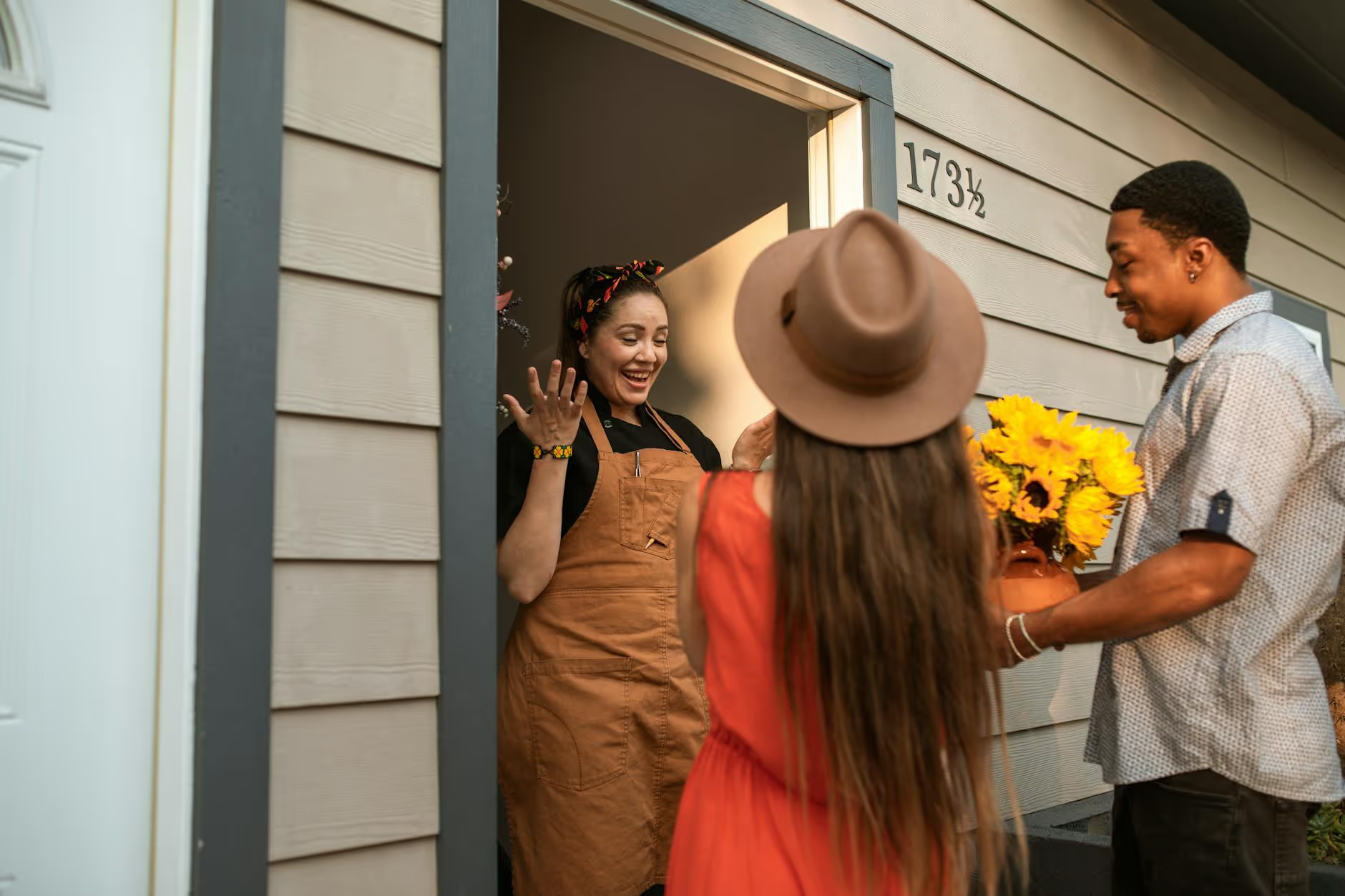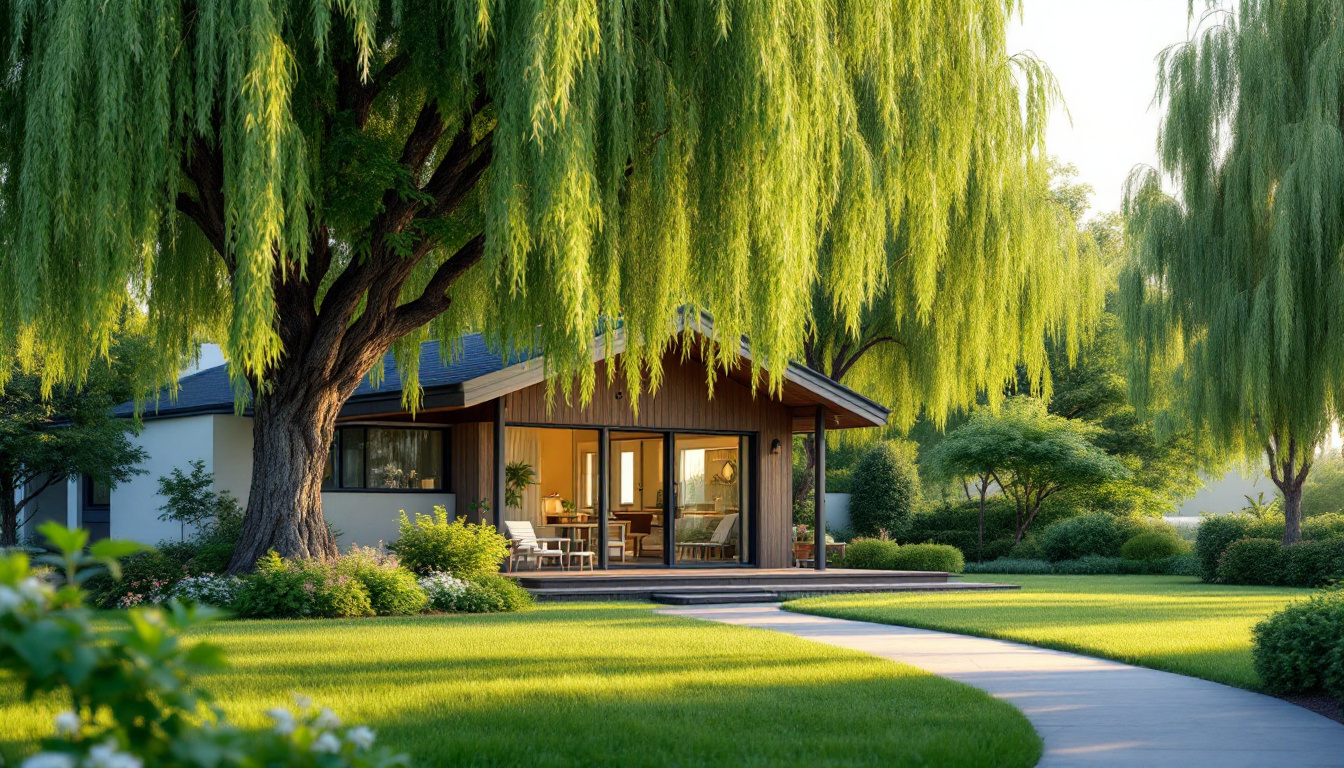Why Seniors Want To Stay In Their Homes?
March 30, 2025
Exploring the Deep-Seated Desires for Aging in Place


Understanding the Senior Perspective
Many seniors express a strong desire to remain in their homes as they age, a choice known as aging in place. This preference is grounded in a complex mix of emotional, social, financial, and practical factors. For seniors, home represents autonomy, comfort, and security, all of which are critical to their well-being. This article delves into why seniors are so rooted in their homes and the implications this shift has on individuals and communities.
A Popular Preference

What percentage of seniors want to stay in their homes as they age?
Nearly 90% of seniors over the age of 65 express a desire to remain in their current residences as they grow older. This statistic highlights a longstanding preference for aging in place, a trend that has remained constant for years. Despite such strong feelings, it is interesting to note that many seniors also recognize the challenges that may force them to reconsider. In fact, 44% anticipate the necessity of relocating due to financial constraints and the potential for rising housing costs.
Financial considerations for aging in place
Financial planning is a significant aspect of aging in place for older adults. With 71% acknowledging that financial reasons impact their decisions about housing, many see staying at home as a more cost-effective alternative to assisted living facilities, which can charge $54,000 or more annually. Additionally, about 20% of adults over 65 own their homes outright, avoiding mortgage payments and facilitating easier budgeting for living costs. Home modifications can also be financed through various programs designed to support seniors wanting to stay in their homes, enhancing safety and comfort.
Challenges of home modification
While many seniors prefer aging in place, only about 10% of homes in the U.S. are equipped with features suitable for older adults. Modifications can include installing grab bars in bathrooms or ensuring improved lighting throughout the dwelling. Nevertheless, 43% of seniors plan to undertake these changes, emphasizing a proactive approach to maintaining independence. However, the financial implications of such modifications can be a barrier, especially for those on fixed incomes or uncertain about their future living situations. In navigating these challenges, older adults must balance their deep emotional ties to their homes with the necessary adjustments for safety and accessibility.
Emotional Anchors

Why do seniors prefer to stay in their homes?
Seniors often express a strong desire to remain in their homes as they age. This preference is largely driven by the emotional attachments they have formed over the years. Homes are not just physical spaces; they are repositories of memories filled with significant life events, family gatherings, and cherished moments. This emotional continuity plays a vital role in their happiness and sense of security.
Staying at home enables seniors to maintain a sense of independence and control over their daily routines. This autonomy is crucial for their mental well-being and overall quality of life. Remaining in familiar surroundings fosters a connection to their community, allowing them to continue nurturing relationships with neighbors and friends. Such social interactions are pivotal in combating loneliness and promoting social engagement, critical factors for mental health.
Moreover, aging in place offers continuity in healthcare, as seniors can retain established relationships with their trusted healthcare providers. This familiarity not only safeguards their health but also contributes to a sense of stability during a time when many other aspects of life may be changing.
Emotional attachments to home
Emotional attachments derive from years spent in a home, where each room reflects countless memories, reinforcing a sense of belonging. For many seniors, their homes symbolize security and familiarity, which are comforting in the face of aging challenges. Changing these settings can provoke anxiety, contributing to feelings of loss and apprehension about the future.
Social connections and community involvement
The connections formed within their neighborhoods are critical for seniors. Participating in local events, engaging with neighbors, and maintaining friendships provide essential emotional support. These social ties significantly contribute to their happiness and help mitigate feelings of isolation, emphasizing why remaining in their homes is a priority for many older adults.
Normalizing the Stay-at-Home Desire
Is it normal to want to stay home as you get older?
It's quite normal for individuals to prefer staying home as they age. Personal preferences and life experiences shape our desires, making home a sanctuary for comfort, peace, and solitude. Seniors often cherish the familiarity of their environment, finding emotional security in spaces filled with memories.
As they grow older, many individuals seek joy in quieter, more intimate interactions or hobbies that can be enjoyed at home. Gardening, reading, or even enjoying programming on television can provide contentment without the need for bustling social activities.
How can seniors balance social activity?
While some seniors may prefer solitude, maintaining social connections is essential for mental and emotional health. It's important for older adults to find a balance that works for them. Here are some strategies to foster this balance:
Ultimately, the desire to stay home is a normal part of aging, and finding ways to remain socially active can enhance a senior's overall quality of life.
Balancing Benefits and Challenges

What are the benefits and challenges associated with aging in place?
Aging in place presents a range of benefits that cater to the needs of older adults while fostering their autonomy. One of the most significant advantages is enhanced independence. Staying in familiar surroundings allows seniors to maintain their daily routines, thus preserving their sense of control and enhancing their quality of life.
Financial considerations also play a pivotal role in this preference. Many seniors find that aging in place is significantly more cost-effective compared to assisted living facilities or nursing homes, which can charge upwards of $4,000 to $8,000 a month. Home care services can often help them manage their needs without incurring high expenses.
In addition to the financial aspect, aging in place can lead to improved mental health. Familiar environments contribute to a feeling of security, which diminishes feelings of loneliness and social disconnection—a major concern for many seniors.
However, there are potential challenges associated with aging in place. Many homes lack necessary features for safety and accessibility, with only about 10% deemed 'aging ready.' Modifications such as grab bars and wider doorways may be essential to prevent hazards, especially falls. Furthermore, reliance on informal caregivers can lead to potential gaps in support, emphasizing the need for community resources.
Overall, while the desire to age in place is strong among seniors, addressing these challenges is crucial for ensuring their safety and well-being.
Making Homes Safe and Accessible

What home modifications and support systems are necessary for seniors aging in place?
To ensure that seniors can age in place safely and comfortably, several essential home modifications and support systems need to be considered.
Here are some critical modifications to improve safety and accessibility:
In addition to home modifications, establishing robust support systems is crucial. This can include:
Well-Being and Community Impact
Community Support Benefits
Aging in place is not just advantageous for seniors; it also uplifts the community as a whole. When older adults remain in their homes, they continue to contribute to local resources and participate in community engagements. Programs that facilitate home care, meal deliveries, and accessible transportation foster a supportive environment that allows seniors to be active participants in their neighborhoods.
Community-led initiatives, such as volunteer programs, enable seniors to share their experience and wisdom, benefiting both the elderly and younger generations. This intergenerational interaction not only enriches community life but also combats the loneliness and isolation many seniors face.
Impact on Senior Well-Being
The implications for well-being and community dynamics when seniors choose to age in place are significant. Access to home health care services and everyday assistance helps seniors manage their health and maintain independence, leading to better mental and physical health outcomes. Community resources and programs, such as meal delivery and transportation services, facilitate active engagement and reduce social isolation, enhancing overall community dynamics. Moreover, initiatives like Habitat for Humanity's Aging in Place program promote safer living conditions, ensuring that homes support the needs of aging individuals. Overall, aging in place can foster stronger connections within the community while addressing the unique challenges faced by older adults.
Overall, aging in place provides a framework that allows seniors to feel secure and integrated, elevating their overall quality of life while contributing positively to the social fabric of their communities.
Economic and Practical Insights
Cost-saving Aspects of Aging in Place
Aging in place can be a financially savvy choice for seniors. Compared to the costs associated with assisted living or nursing homes, which can average between $4,000 and $13,000 per month, remaining at home offers significant savings. Many seniors find that the expenses related to home care services are typically lower than institutional care costs, often allowing for a more budget-friendly lifestyle. Additionally, about 20% of adults over 65 own their homes outright, meaning they often do not face mortgage payments, reducing their monthly financial burdens.
Financial Planning and Home Equity
When considering aging in place, financial planning becomes crucial. Seniors frequently leverage home equity to fund necessary modifications or care services, ensuring their homes remain safe and accessible. There are also a variety of financial assistance programs available to support them in these endeavors. For many, the prospect of aging in place not only preserves their cherished memories but also helps maintain a sustainable financial approach that supports their independence and wellness.
TopicDetailsMonthly Care CostsAssisted Living: $4,000 - $8,000Nursing Homes: $8,000 - $13,000Home Ownership20% over 65 own homes outrightFinancial StrategiesUtilize home equity for modifications and careAccess financial assistance programs to ease costsEmotional BenefitsStaying in familiar environments enhances well-being
The Future of Aging in Place

Trends and Innovations in Senior Living
The landscape of aging in place is evolving, driven by advancements in technology and changing societal attitudes. Smart home technology, such as voice-activated systems and medical alert devices, is enhancing safety and providing seniors with greater independence. Moreover, the rise of telehealth services allows for consistent health monitoring while older adults remain in their homes, which is crucial for managing chronic conditions effectively.
Potential Societal Shifts
As a significant majority of seniors express a desire to age in place, societal perspectives are slowly shifting to accommodate these needs. There's a growing emphasis on community-based solutions, with local governments and organizations actively developing resources tailored to older populations. This includes increased access to affordable home modifications and support services, as well as transport options to connect seniors with local amenities.
Participatory programs encouraging intergenerational engagement are also on the rise, fostering connections between seniors and younger community members. These developments not only encourage healthy aging but also bolster emotional well-being, protecting mental health as seniors enjoy a familiar environment with social support.
In summary, innovations in home technology and community resources will shape the ability for older adults to seamlessly age in place while maintaining their independence and quality of life.
Conclusion: A Movement Toward Home-Based Aging
As seniors continue to express a desire to remain in their homes, it becomes increasingly important to address the economic, emotional, and practical challenges associated with aging in place. By ensuring adequate planning, community support, and necessary home modifications, we can foster environments that allow seniors to live out their later years with dignity and independence. This not only enhances their individual well-being but also enriches the community through their continued participation and engagement.



























































.jpeg)










































































































































































































.avif)























































.jpeg)

































































.jpeg)














.jpg)









































.jpeg)









































































.avif)




.avif)

















































.avif)







































































































































































